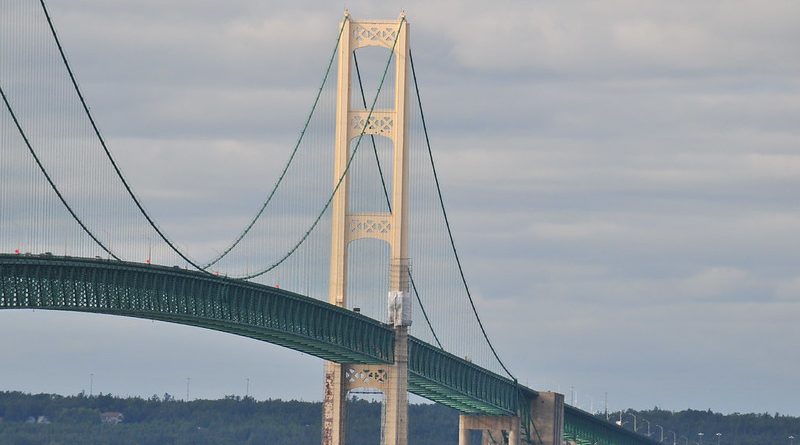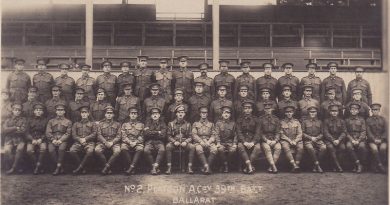The Mackinac Bridge – pronounced “Mackinaw”
The idea of crossing one of the longest suspension bridges in the US bares no excitement for some, and in the case of the Mackinac Bridge, the sight of this 8km long bridge leaves other people terrified. So terrified in fact, that the Michigan Bridge Authority provides a service to transport those unable to brave the bridge also known as Mighty Mac and their vehicles across.
The Mackinac Bridge was designed by the brilliant engineer David B Steinman, its vast expanse connecting the upper and lower peninsulas of Michigan from St. Ignace in the north to Mackinaw City in the south. It spans across the straits of Mackinac, a relatively narrow segment of freshwater in the Great Lakes which separate Lake Michigan and Lake Huron.
Before the arrival of Europeans in 1600s, the area was inhabited by the Algonquian peoples who dubbed their home “Michilimackinac” aka The Great Turtle. Transport between the straits dominated the bustling summer trading season when trading posts were set up, which were also key inter-tribal meeting points. Michigan has the 5th largest timber reserves in the US, and huge copper and iron ores were discovered on the upper peninsula during the early 1940s, so the 19th century brought exploitation of the area’s natural mineral and timber reserves, further asserting the area’s position as one of the most important transportation hubs in north eastern USA. These factors combined fueled the growing colonialisation of Michigan into the industrial revolution, thus furthering the need for a greater transport network across the Great Lakes.
Although building took place much later on, the idea for a large suspension bridge was conceived in the late 19th century as traders envisioned a more efficient way of travelling between the straits following the construction of the game-changing Brooklyn Bridge. Eventually, an automobile ferry service was opened in 1923 to transport cars between straits, but queues for this service would regularly exceed 24 hours!
Steinman and his team of highly-skilled construction workers began work on the bridge in 1954, reaching completion in 1957. Remarkably, Mackinac Bridge had the biggest bridge-building team ever assembled, with funds exceeding $100 million. Upon opening on November 1st 1957, Albert Carter of Chicago was the first to cross this modern marvel of architecture in his 1951 Chevrolet Styleline Deluxe – a truly historical moment in the Great Lake’s history.
Now, 45 people work on maintaining the bridge at any one time and workers can often be seen dangling precariously underneath the bridge in harnesses (with safety boats underneath of course!). Painting of the bridge takes 7 years, and once this feat has been achieved, the process starts all over again, a continuous cycle!
Today, the “Big Mac” is a toll bridge as part of Interstate 75 and carries over 11,000 people across in their vehicles every day whilst inspiring tourism of all kinds, from bird watching to photography. Additionally, once every year on Labor Day, the Mackinac Bridge is open to walkers with 2 lanes of traffic closed, and the governor of Michigan leads 50-80 thousand people across the bridge for the scenic Mackinac Bridge Walk. It’s truly a wonder within the Great Lakes!




